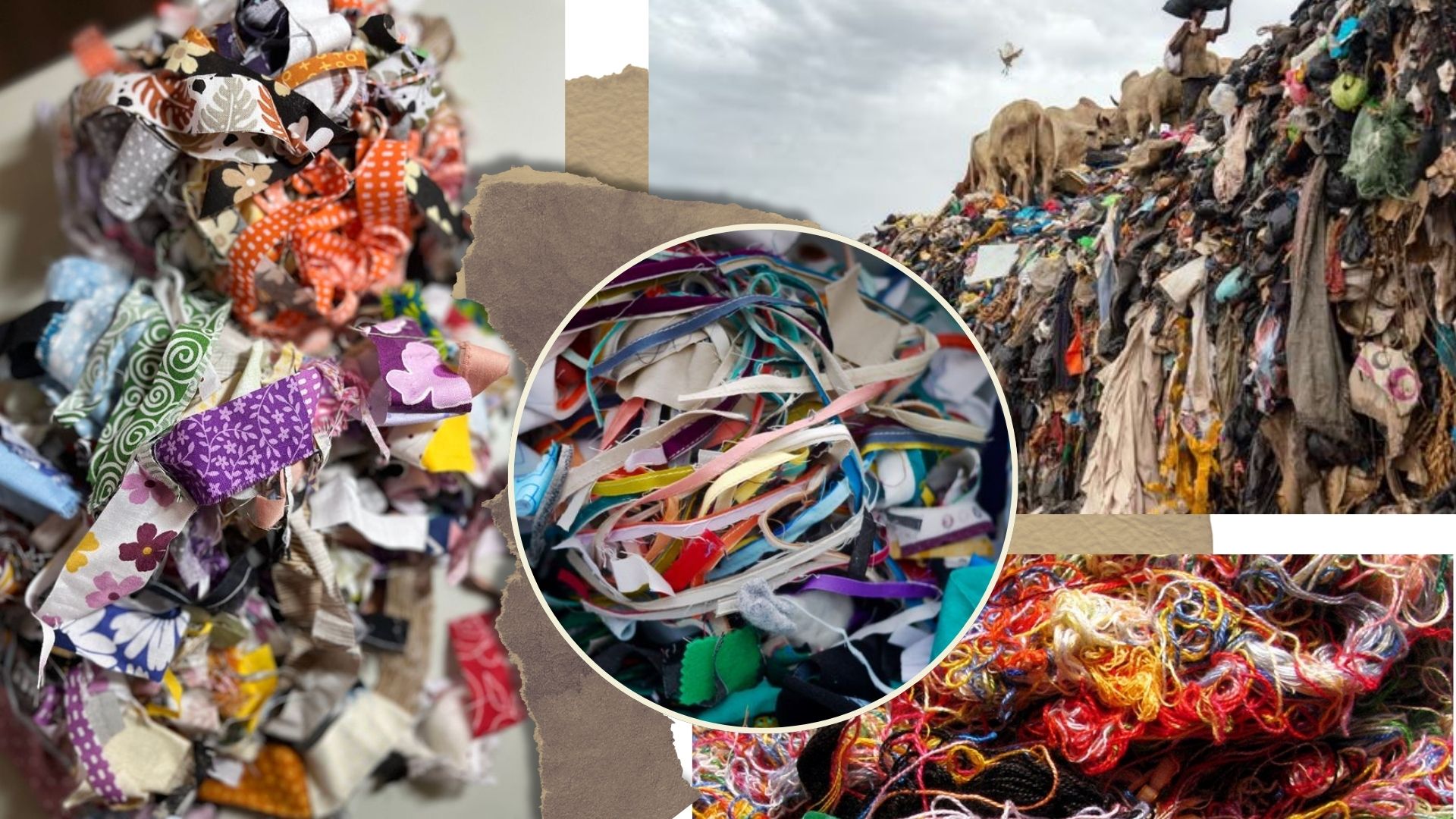
The Scrap Fabric Solution, From Clutter to Creation

Fabric scraps, the diverse offcuts remaining after pattern cutting for sewing projects, encompass a wide spectrum of sizes, from minuscule snippets to substantial pieces. These remnants vary significantly in color, texture, and fiber composition, reflecting the diverse nature of textiles themselves. Sustainable fabric recycling and Eco-friendly textile practices is essential.
What happens if fabric scraps are wasted or not recycled
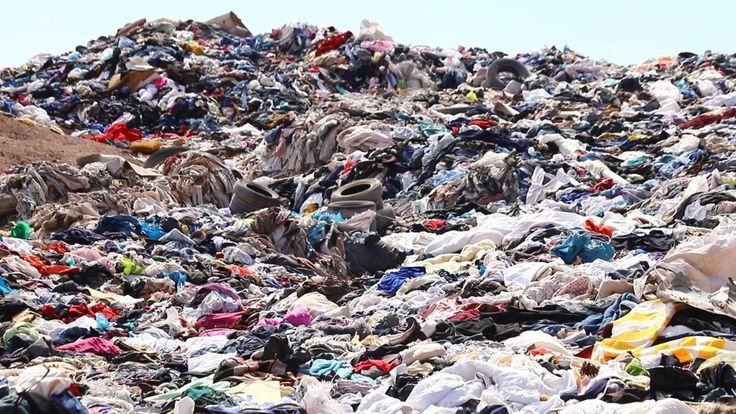
Unfortunately, a lot of fabric scraps end up in landfills. This has several negative consequences:
- Environmental pollution: Landfills contribute to greenhouse gas emissions and can leach harmful chemicals into the soil and groundwater. Textiles, especially synthetic fabrics, can take hundreds of years to decompose.
- Waste of resources: Fabric scraps represent wasted resources - the energy, water, and raw materials that went into producing the fabric in the first place.
- Lost creative potential: Fabric scraps are a treasure trove of creative possibilities! When they're not utilized, we miss out on the opportunity to transform them into something new and beautiful.
Organization: The Foundation of Scrap Management and Sustainable fabric recycling
Let's delve into more detail about dealing with textile scraps:
- Sorting the type: Effective scrap management hinges on meticulous organization. Sorting by fiber content (e.g., cotton, linen, silk, wool, denim, knit, blended fabrics), size (from small trimmings to larger remnants), and color (including prints and patterns) facilitates efficient retrieval for future projects.
- Storage solutions: Employing transparent storage solutions, such as clear bins, drawers, jars, or repurposed containers, ensures visibility and easy access to the diverse collection. Space optimization can be achieved through techniques like rolling or folding scraps before storage, maximizing capacity and minimizing clutter.
- Labeling: Furthermore, labeling containers with specific fabric characteristics (e.g., "cotton knits," "blue solids") streamlines the selection process and enhances overall organization. A well-organized scrap collection not only saves time but also inspires creativity by showcasing the breadth of available materials. Proceeding to Sustainable fabric recycling.
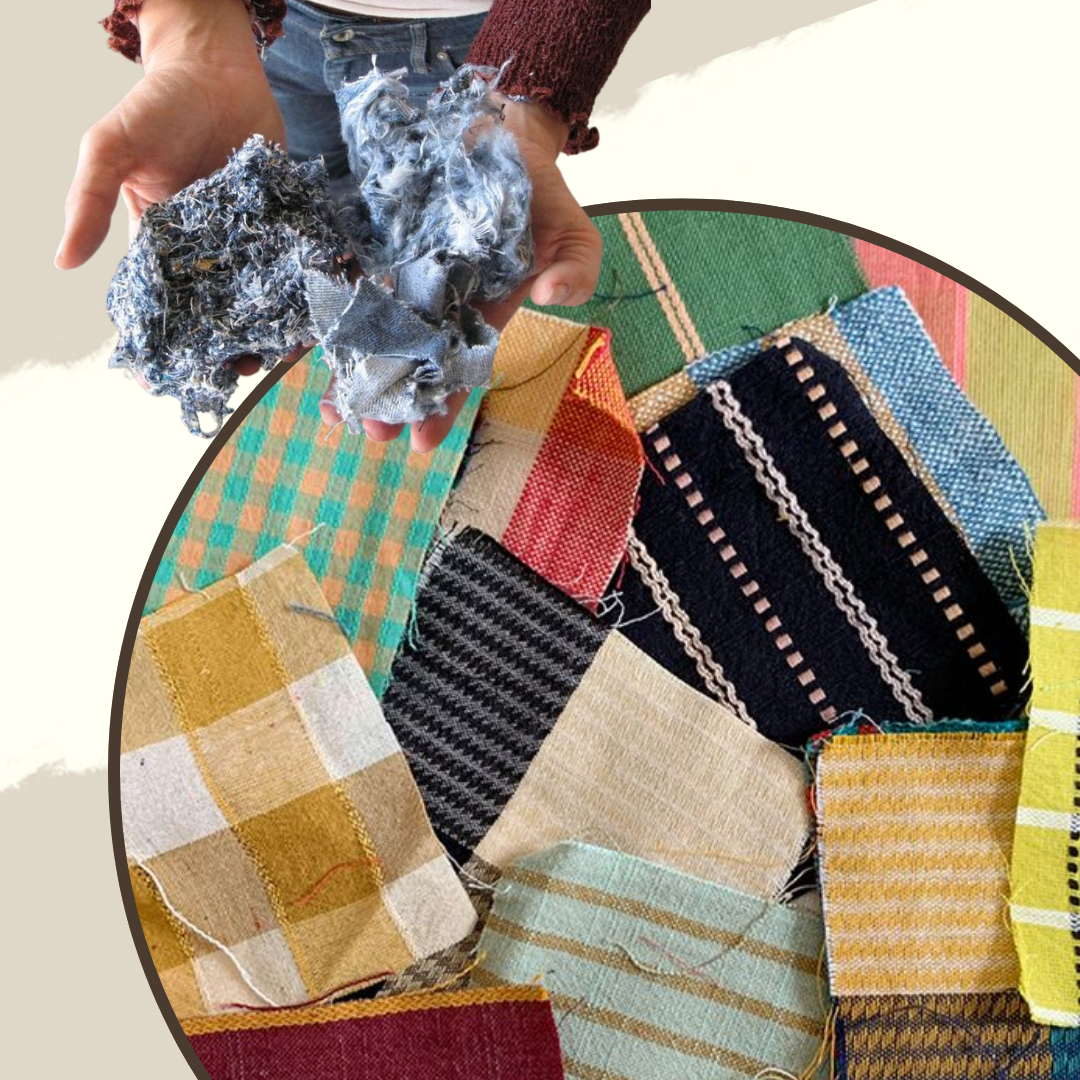
A Reduce, Reuse, Recycle Initiative
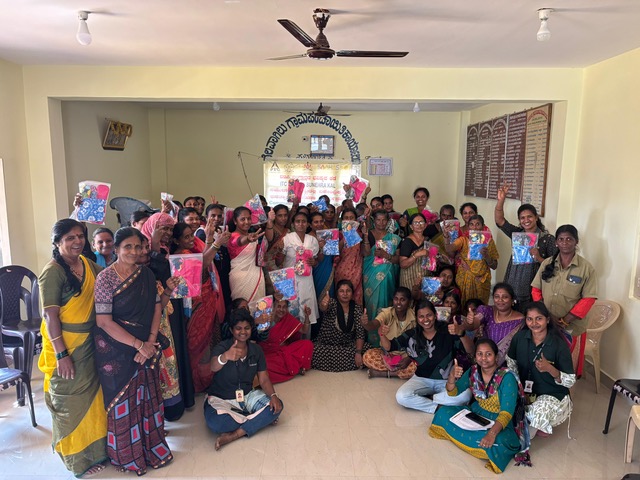
Empowering NGOs through Upcycling Initiatives:
Partnering with local NGOs specializing in upcycling and craft development offers a compelling solution. Providing sorted textile scraps to these organizations, empowering them to create handcrafted products.
These could include anything from accessories and home décor items to reusable shopping bags and gift packaging. This partnership not only diverts waste from landfills but also generates income for the NGO and its community.
NGOs like Saahas is dealing with textile scraps- aiming- zero waste
Saahas is a Bengaluru-based non-profit organization working in the field of waste management. Since 2001, they have been helping build communities across rural and urban India that manage their waste at source by reducing, reusing and recycling their waste and achieving 90% resource recovery.
Using sustainably managed and recycled waste, the firm creates clothing, stationery, bags and backpacks, and sells them on its website.
Collaborative Recycling & Reclamation : Eco-friendly textile practices
- Partnerships with Recyclers:
Establish relationships with specialized textile recycling companies. These companies can process scraps, separating fibers for reuse in new textiles or other applications (e.g., insulation).
- Fiber-to-Fiber Recycling:
If feasible, invest in or partner with companies specializing in fiber-to-fiber recycling. This technology offers a closed-loop solution, transforming textile waste back into usable fibers.
- Community Workshops & Events:
Organize community workshops and events where artisans, customers, and company representatives can come together to create upcycled items from textile scraps. This fosters a sense of community and shared responsibility
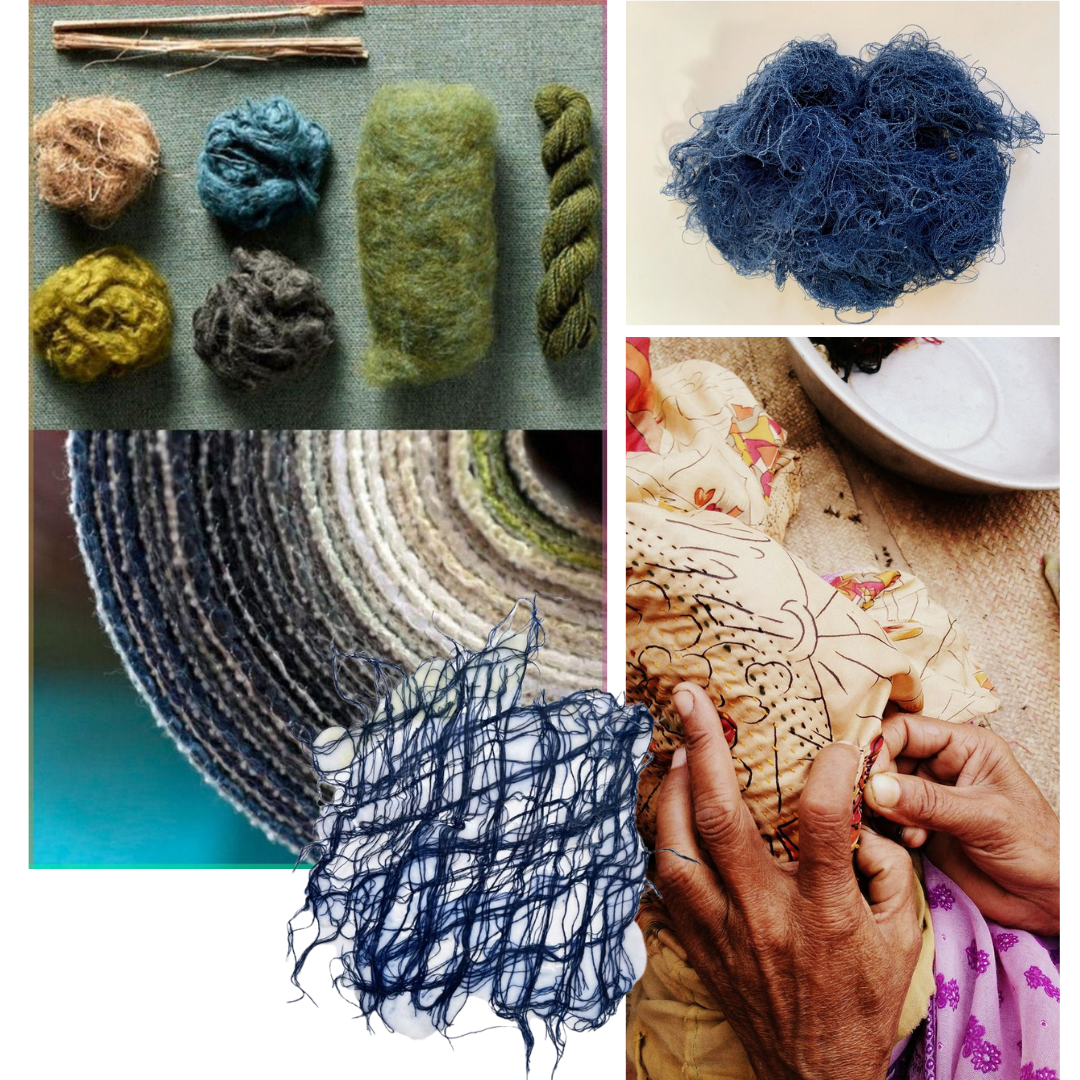
More Eco-friendly textile practices
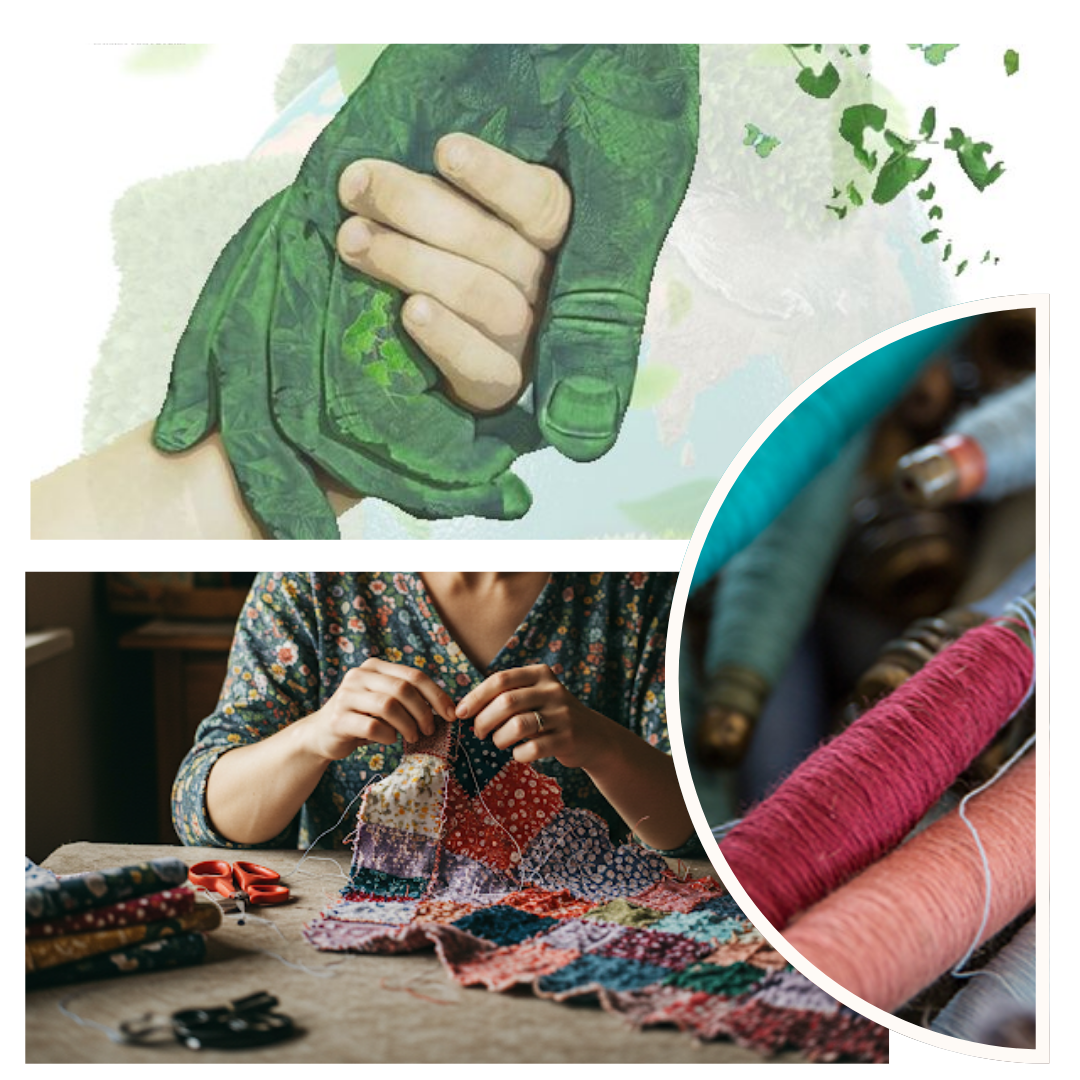
- Closed-Loop Packaging Solutions:
As a conscious and sustainable brand Anuprerna thought of using reusable bags and wrapping paper, crafted from textile scraps, can be offered to customers as a sustainable alternative to traditional packaging.
This not only reduces waste associated with packaging but also reinforces the our commitment to environmental responsibility. Customers, in turn, become active participants in this sustainable cycle, further amplifying the positive impact.
Long-Term Vision:
- Circular Economy Principles: Embrace circular economy principles, striving to create a closed-loop system where textile scraps, dyes, and threads are continuously cycled back into the production process or repurposed for other uses.
- Continuous Improvement: Regularly evaluate the effectiveness of the company's waste reduction initiatives and seek ways to improve and expand the program.
The Art of Textile Transformation: Innovative fabric scrap projects
Fabric scraps, the diverse and often overlooked remnants of textile production, are experiencing a renaissance, finding new life in a variety of creative and practical applications in a form of Sustainable fabric recycling.
Far from being mere waste, these offcuts are now recognized as a valuable resource, fueling innovation in both crafting and high fashion.
Scraps are readily transformed into everyday items, adding a unique touch to functional pieces.
Handkerchiefs can be re created by :
- Quilted Handkerchiefs: Small squares of fabric scraps can be layered and quilted together to create durable and absorbent handkerchiefs. Cotton scraps are ideal for this project.
- Patchwork Handkerchiefs: Several small squares or rectangles of coordinating fabrics can be sewn together to create a charming patchwork handkerchief.
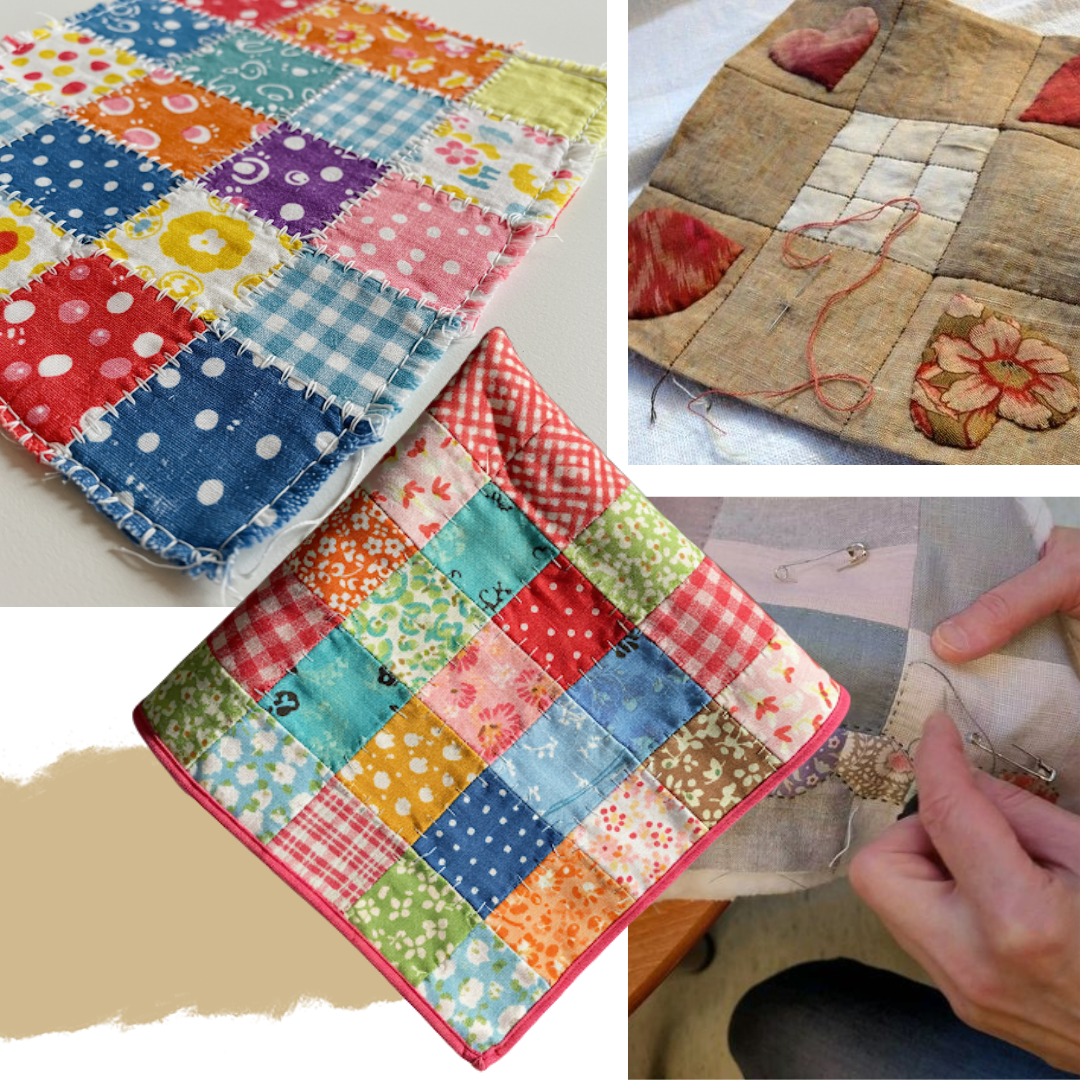
Innovative Fabric Scrap Solutions Continuation
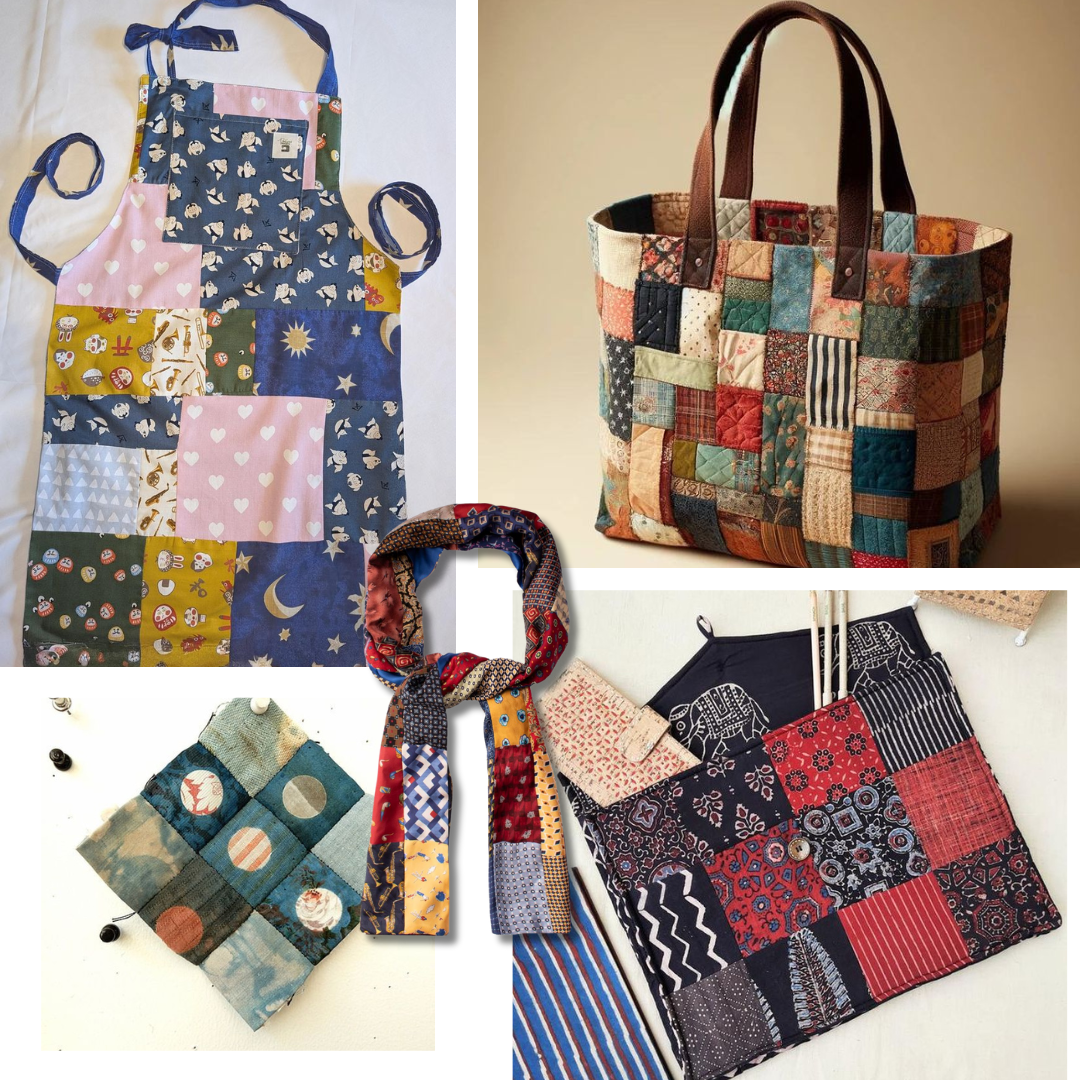
Aprons:
- Patchwork Aprons: Larger scraps, or a combination of smaller ones, can be used to make full or half aprons. Durable fabrics like denim, canvas, or cotton twill are good choices. Pockets can be easily added using smaller scraps.
- Appliquéd Aprons: A plain apron can be personalized by adding appliqué designs cut from fabric scraps. This is a great way to use up small, uniquely patterned pieces as innovative fabric scrap projects.
Not only aprons but also scarfs, bags, stoles, pillow covers, can be made out of fabric scraps whereby becoming personalized statements when crafted from repurposed fabric, acquiring character from colorful scrap combinations and demonstrating the versatility of scrap utilization, each piece a testament to resourcefulness and individual style.
This not only yield beautiful creations but also promote sustainable practices by minimizing textile waste.
Fashion Forward: Scraps on the Runway- Promoting Eco-friendly textile practices
Fabric scraps have transcended the realm of crafting and are now making a significant impact on the fashion landscape. Designers are embracing upcycling and zero-waste practices, incorporating fabric scraps into high-fashion garments.
Patchwork, quilting, and other piecing techniques are used to create intricate designs, adding a layer of artistry and sustainability to contemporary fashion. From avant-garde creations to ready-to-wear collections, fabric scraps are being celebrated for their unique aesthetic and their contribution to a more circular and responsible fashion industry.
Designers are not only utilizing scraps to create visually stunning pieces but also to tell a story of resourcefulness and environmental consciousness, appealing to a growing consumer base that values sustainability and eco-friendly textile practices.
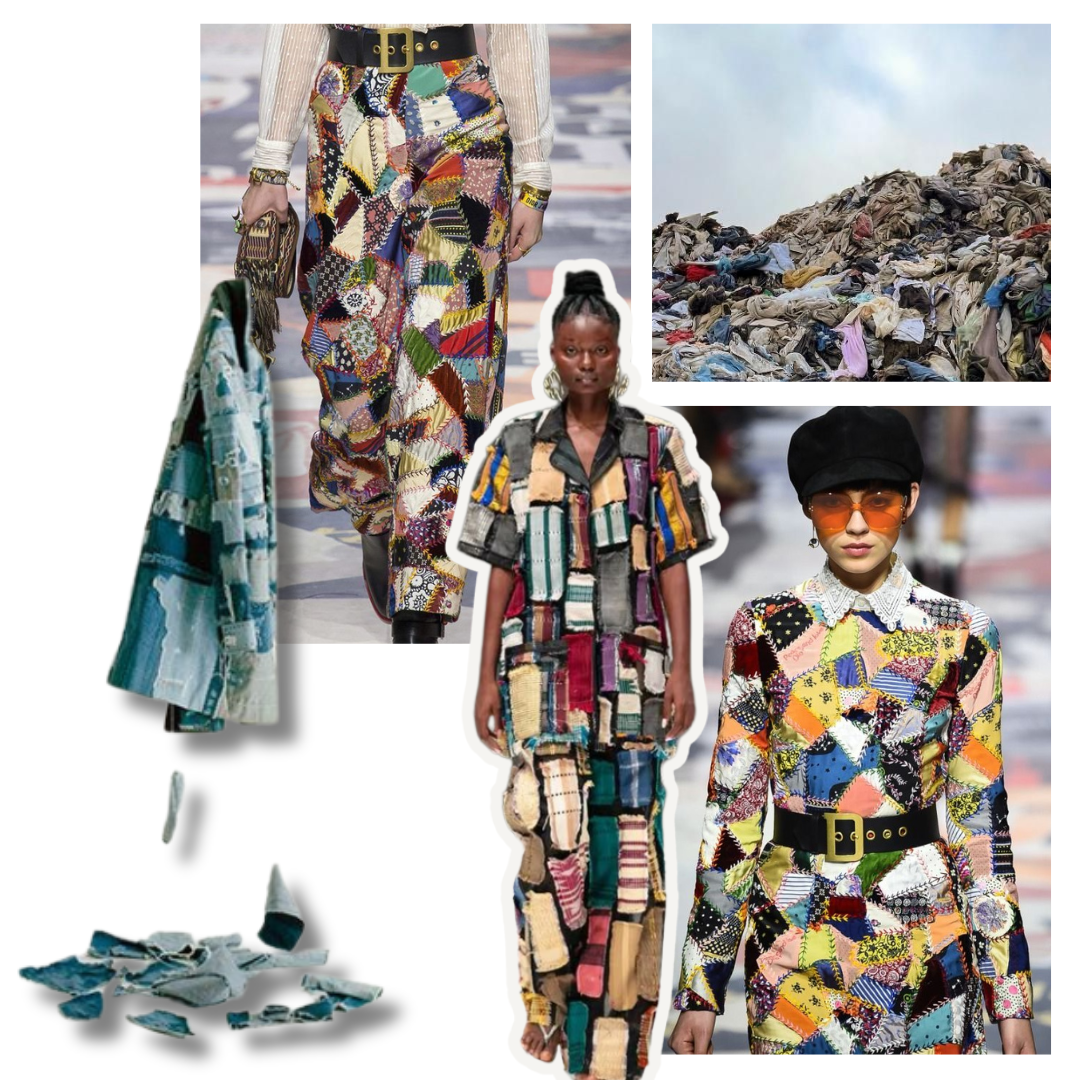
The Sustainable Impact and Textile scrap storage solutions
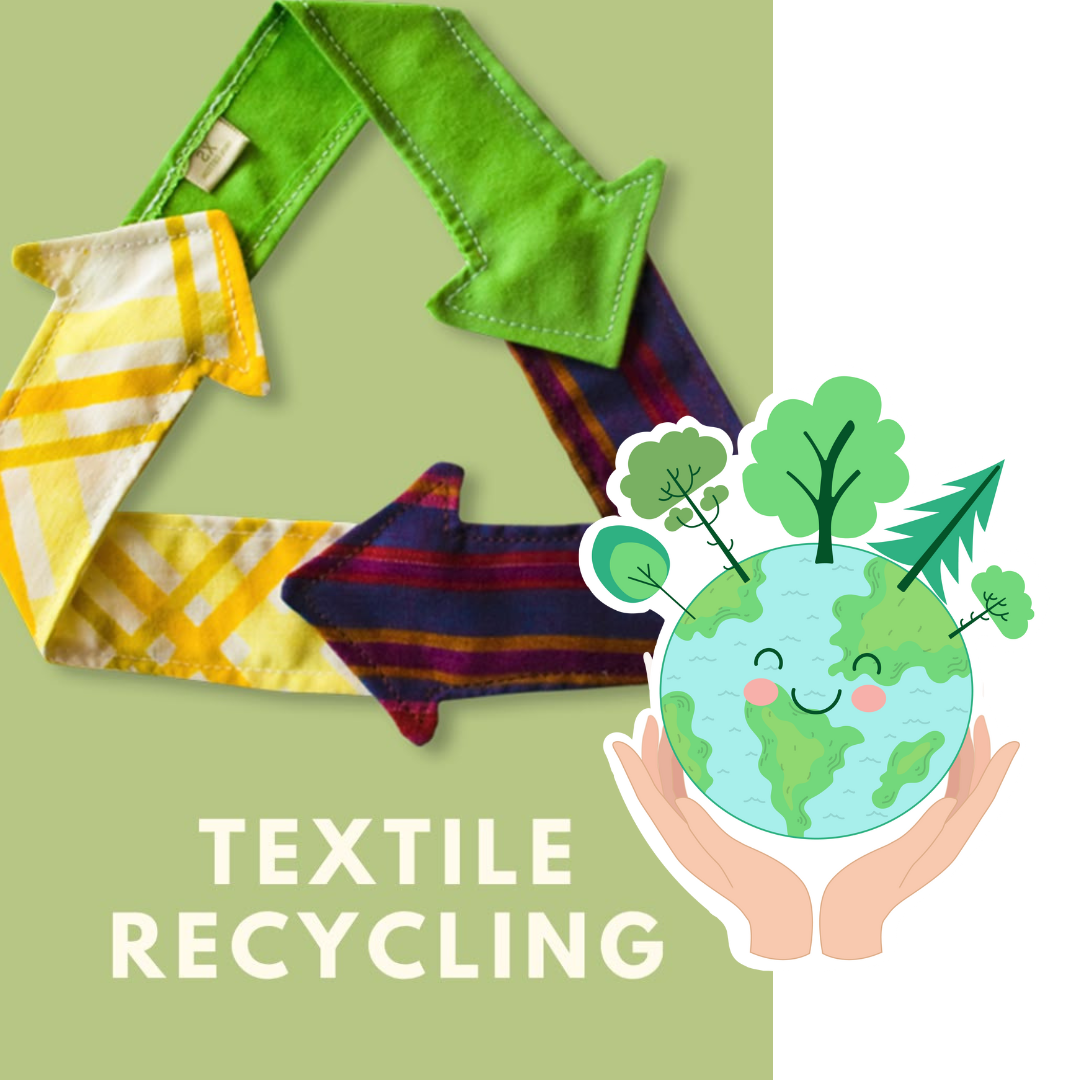
The resurgence of fabric scrap utilization is more than just a trend; it represents a growing awareness of the environmental impact of textile waste. By repurposing and upcycling fabric scraps, we divert them from landfills, conserve valuable resources, and reduce the demand for virgin materials in the form of Sustainable fabric recycling.
This movement towards a more circular economy in textiles is crucial for minimizing waste and promoting sustainable practices within the fashion and crafting industries. The creative reuse of fabric scraps is a powerful example of how ingenuity and resourcefulness can contribute to a more environmentally conscious future.
Dispose Responsibly:
- Plan Ahead: When planning sewing projects, consider how you can minimize waste and maximize the use of your fabric.
- Donate: If you have a surplus of scraps, donate them to schools, community centers, senior centers, or craft groups.
- Textile Recycling: Research if your area has textile recycling programs. Some organizations accept fabric scraps for recycling or repurposing.
Closing the Loop on : Dispose Responsibly
- Composting (Natural Fibers Only): Small scraps of natural fibers like cotton, linen, silk, and wool can be composted. Ensure they are free of synthetic trims, zippers, or embellishments.
- Trash: As a last resort, dispose of unusable scraps responsibly in your regular trash.
Let's break down composting natural fiber fabric scraps in detail- Only fabrics made entirely of natural fibers can be composted. This includes:
- Cotton: 100% cotton scraps are compostable.
- Linen: 100% linen scraps are compostable.
- Silk: 100% silk scraps are compostable.
- Wool: 100% wool scraps are compostable (but can take longer to break down).
- Rayon (sometimes): While rayon is made from cellulose (plant-based), the manufacturing process can sometimes involve chemicals. Check the label to ensure it's biodegradable. If unsure, it's best not to compost it.
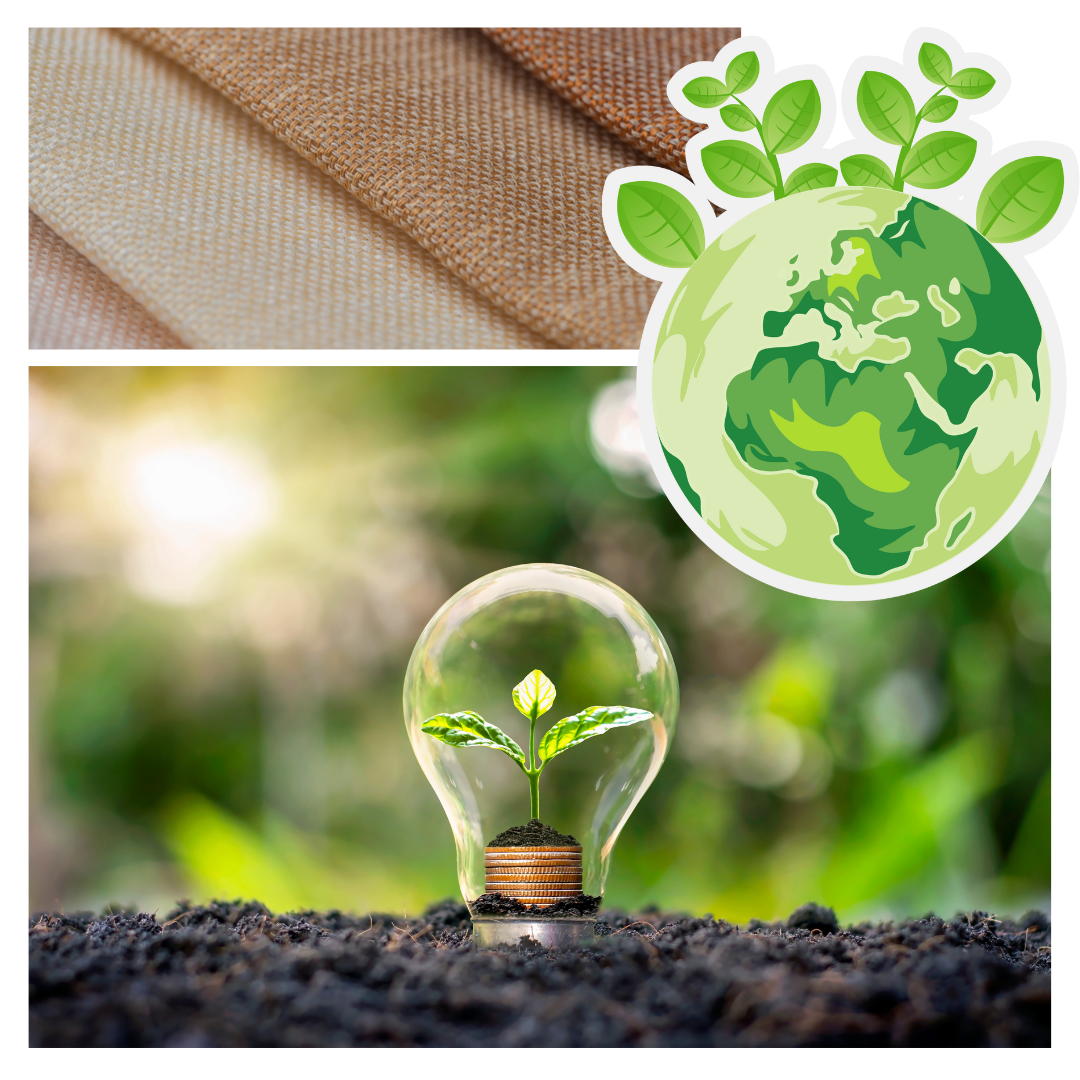
What Cannot Be Composted
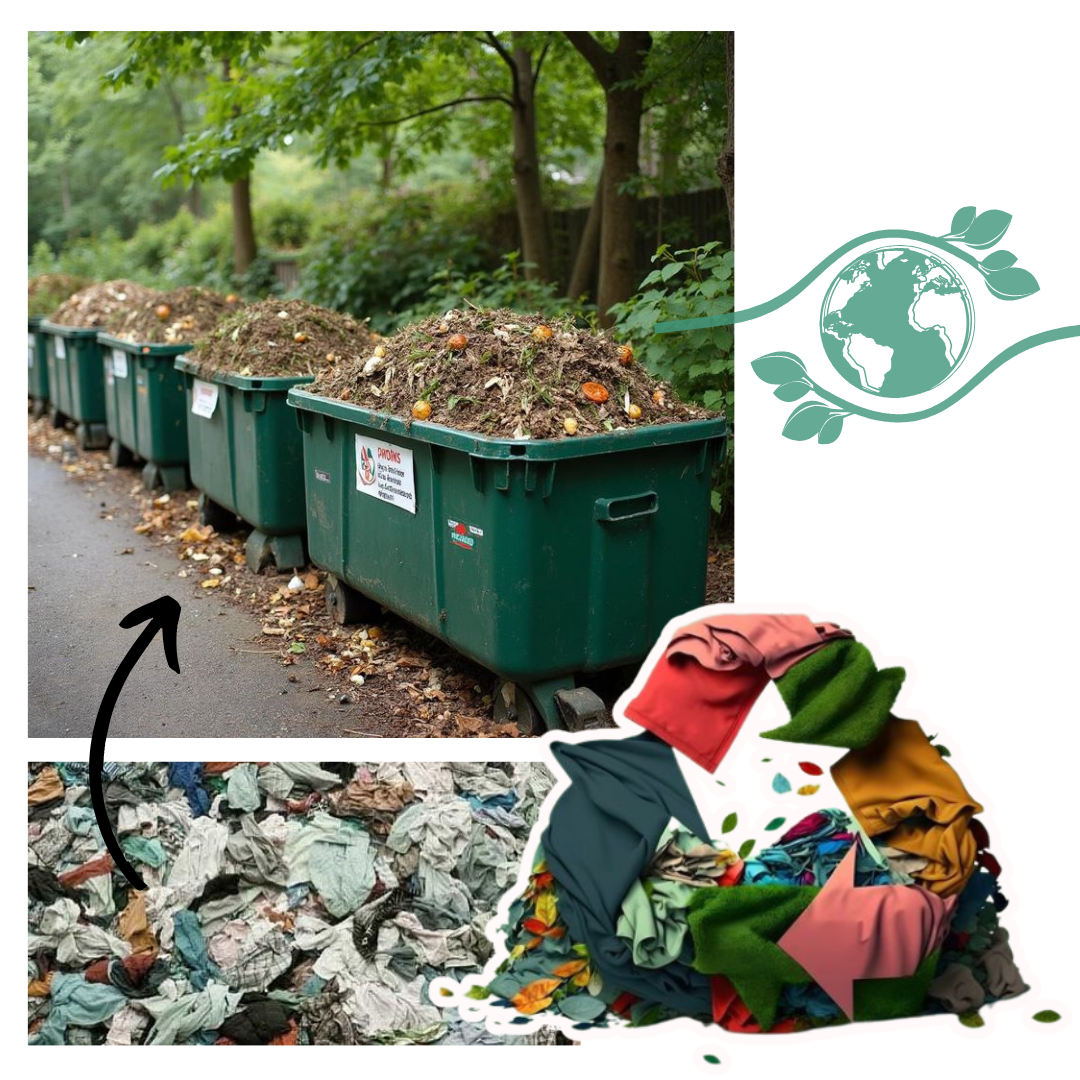
- Synthetic Fibers: Polyester, nylon, acrylic, spandex/elastane, and other synthetics are derived from petroleum and are not biodegradable. They will not break down in a compost pile and will contaminate it.
- Blends: Fabrics that are a blend of natural and synthetic fibers (e.g., 60% cotton/40% polyester) cannot be composted. The synthetic fibers will remain.
- Embellishments: Anything attached to the fabric that is not a natural fiber must be removed before composting.
This includes-
- Zippers: Almost always metal or plastic (synthetic).
- Buttons: Can be plastic, metal, or even some natural materials that may not break down readily (e.g., certain types of shell).
- Snaps/Hooks: Usually metal.
- Labels: Often made of synthetic materials.
- Thread: If the thread used to sew the garment is synthetic (which is common), it should be removed. Look for cotton, linen, silk thread if you want to ensure the seams are compostable.
- Embroideries/Prints: Inks and dyes used in printing or embroidery are often synthetic and should be considered potentially problematic. It is best practice to avoid composting printed fabrics.
faq's
What are scrap fabrics?
arrow_drop_downScrap fabrics are the diverse leftover pieces of fabric from cutting, varying in size, shape, color, texture, and fiber, and often repurposed creatively.
How do different fabric types affect the recycling process?
arrow_drop_downFabric type drastically affects recycling. Natural fibers are generally easier to recycle (though blends and finishes pose challenges), while synthetics like polyester are recyclable but degrade with each cycle. Blends are hardest due to fiber separation issues. Sorting and removing trims are crucial, and evolving technology offers hope for broader textile recycling.
How can fabric scraps be utilized in fashion design?
arrow_drop_downFabric scraps can be creatively utilized through techniques like patchwork, appliqué, quilting, deconstruction/reconstruction, and as embellishments. They're also key in zero-waste design and sustainable collections.
What are the environmental benefits of recycling fabric scraps?
arrow_drop_downRecycling fabric scraps reduces landfill waste, conserves resources (water, land, energy), lowers pollution and greenhouse gas emissions, and minimizes chemical use in textile production.
More Blogs

the art of sustainable recyclability
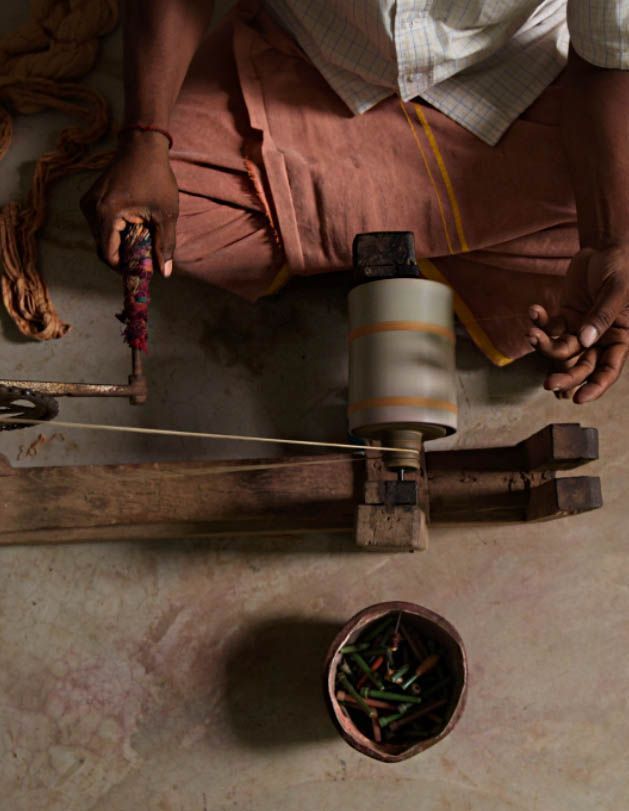
indian handloom in contemporary world
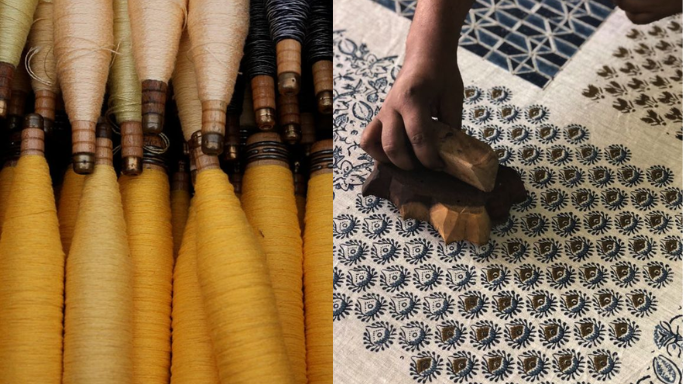
sustainability through handloom manufacturing
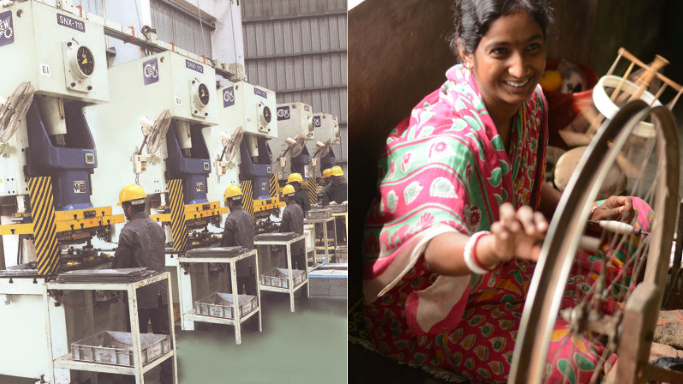
how to identify handloom fabrics in a powerloom world
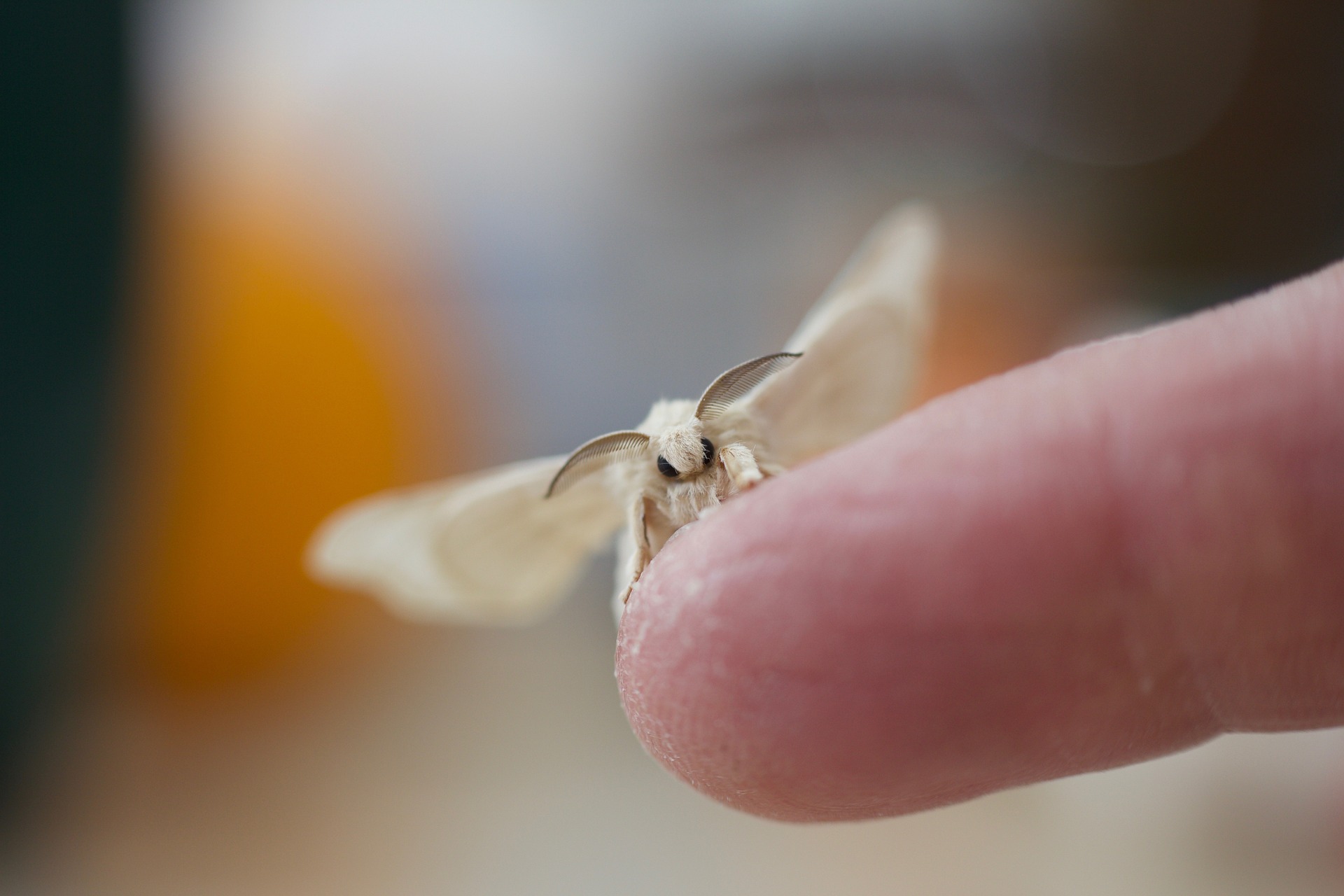
ketia silk - a peace lover
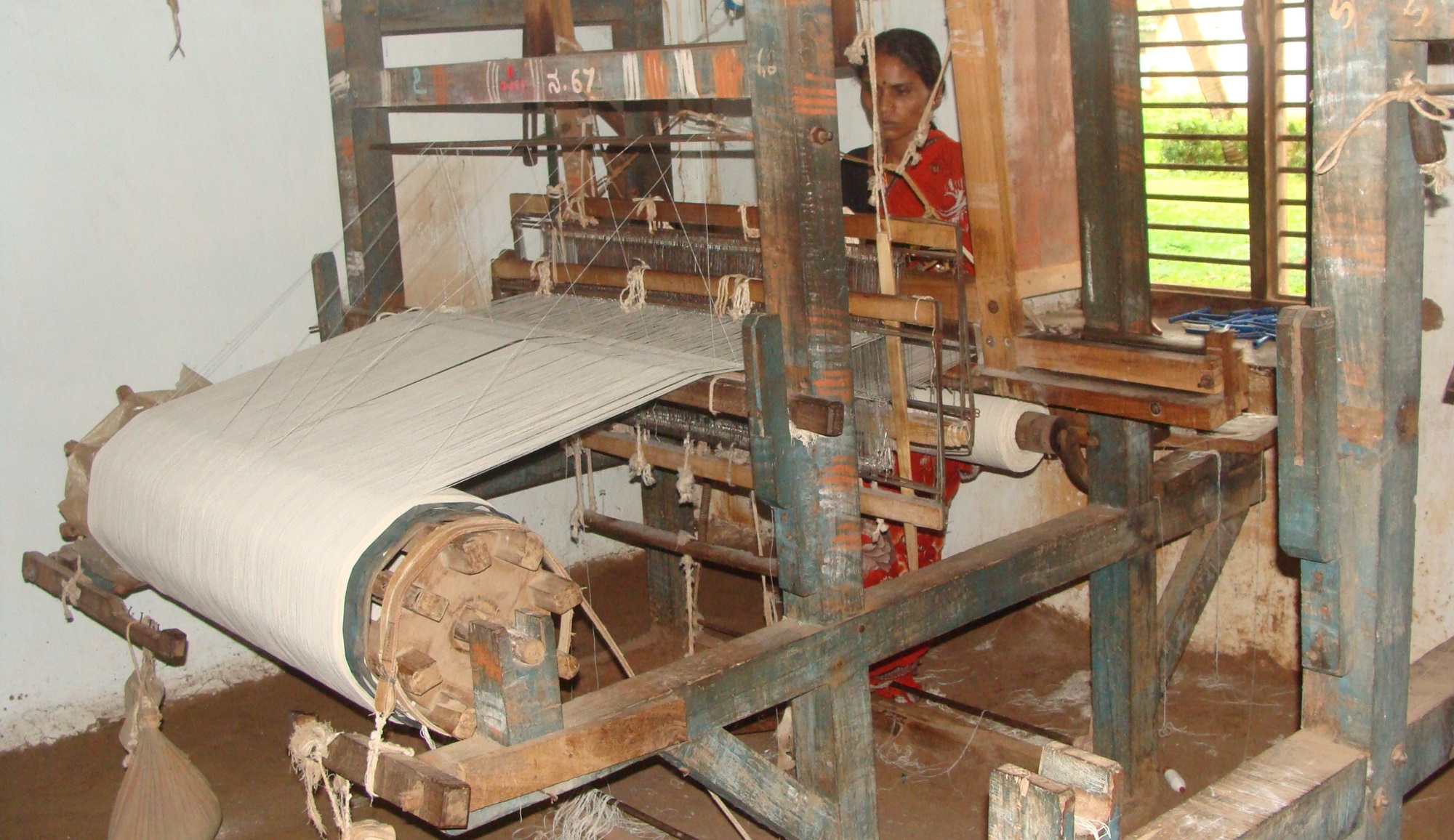
reviving handloom weaving of india's finest khadi






